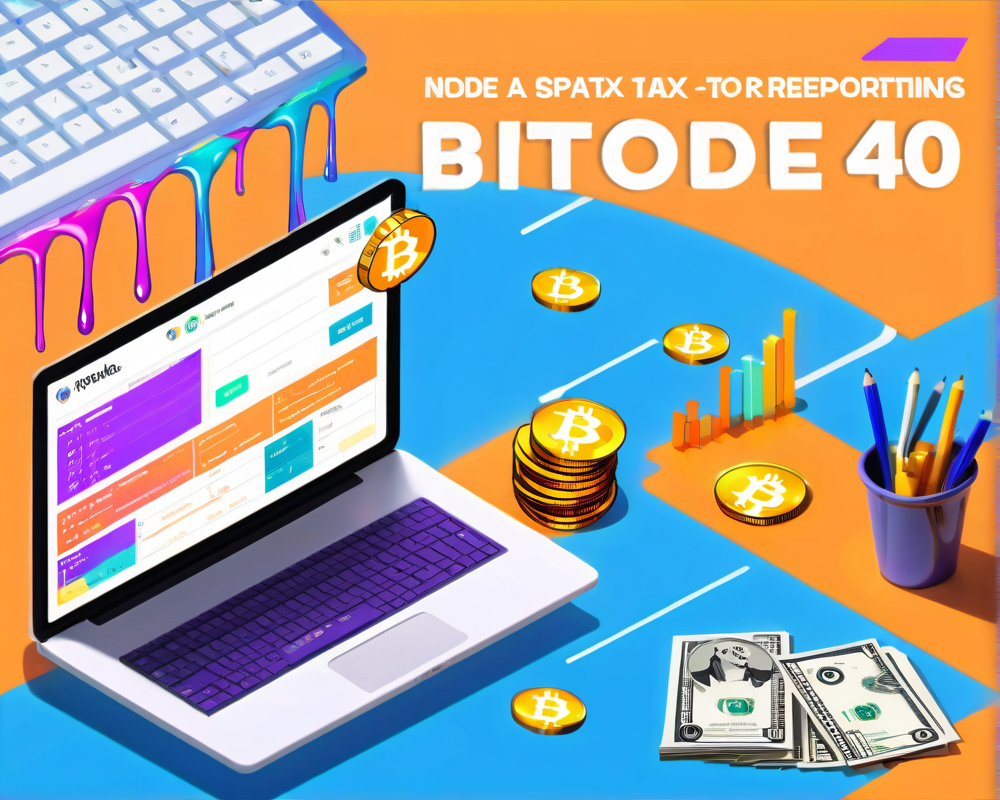Understanding the Shift in Stablecoins
Recently, a notable shift occurred in the world of stablecoins when Binance announced it would be consolidating its stablecoin dollar books. Circle’s co-founder and CEO, Jeremy Allaire, characterized this move as a “good thing” for USDC, claiming that it might lead to a gradual transfer of market share from Tether’s USDT to both Binance USD and USDC. This isn’t just corporate musings; it’s a strategic repositioning in a highly competitive arena.
The Details of Binance’s Announcement
On September 29, Binance will halt trading support for USDC, converting deposits into a consolidated Binance USD balance that incorporates other US dollar-pegged stablecoins. Users won’t be left high and dry, though; they’ll have the option to withdraw the individual stablecoins at par value. In other words, your dollar’s worth will stay intact.
What This Means for Users
This change essentially creates a seamless window for depositing and withdrawing USDC on Binance. Previously, the process required users to jump through hoops, converting USDC to BUSD or USDT before using it for anything remotely interesting, like trading leveraged products. With this new arrangement in place, liquidity for USDC could increase, making it a more attractive option overall.
Concerns Over Automatic Conversion
While the move has been largely met with optimism, some critics raised eyebrows regarding the automatic conversion feature. There’s a valid concern that it could spur greater redemptions of USDC, ultimately resulting in the minting of more BUSD. In numbers: USDC holdings on Binance plummeted from 2.5 billion in July to less than 1 billion now, according to Nansen. Conversely, Binance’s USDT vault, like a stubborn house guest, has settled comfortably at around 5 billion.
The Current State of Stablecoins
As of now, USDC has carved its niche as the second-most popular stablecoin, accounting for 33.5% of the transaction landscape, per Dune Analytics. Its market share is on an upward trajectory, no doubt aimed at dethroning Tether (USDT), which currently dominates with a hefty 50.3% market share. Not to be left in the dust, Binance USD claims the bronze medal with 15.1%.
Conclusion: A Ripple in the Stablecoin Pond
In the volatile world of cryptocurrencies, even the smallest changes can send ripples through the entire ecosystem. Whether Circle’s Jeremy Allaire’s optimism is warranted or if risks accompany this shift remains to be seen. For now, the stablecoin game continues, and we’re all here for the drama.




